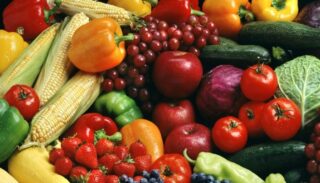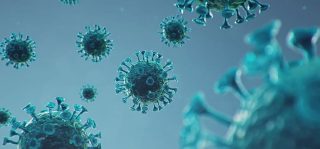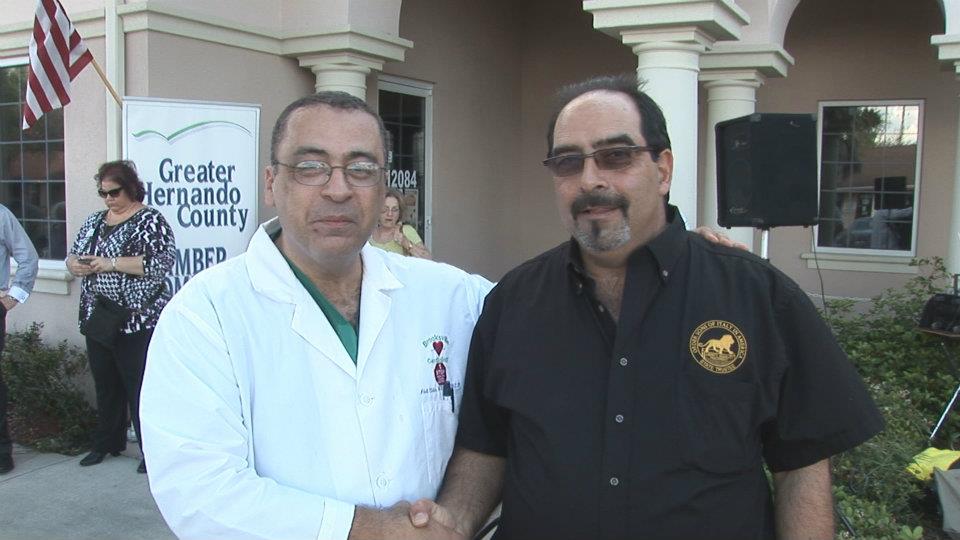Cancer ranks the second cause of death in the US after Heart Disease. It is mostly preventable. Many studies have established evidence that fresh fruits and vegetables can prevent a variety of cancers because of their anti-oxidants such as carotenoids.
Certain plants such as ( Broccoli and Cauliflower) can enhance programmmed cell death ( Apoptosis) of pre-malignant and malignant cells similar to the effect of intermittent fasting Broochli Sprouts are expectionally rich source of enzymes that protect against chemical carcinogens( cancer-causing substances)!
Avoiding artificial flavors are such as benzophenone, ethyl acrylate, eugenyl methyl ether, myrcene, pulegone, and pyridine which were used to lend flavors like cinnamon and mint to food items. National Resources Defense Council was one of the groups that brought the petition to the FDA in 2015 which led to banning those carcinogenic flavors in October 2018. This was great news for millions of Americans who have been unknowingly snacking on cancer-causing chemicals for far too long!
Unbalanced diet can lead to causing cancers similar to smoking and alcohol abuse. Low intake of fruits and vegetables especially noted in the food deserts was found to have an association with high incidence of cancer in more than 200 epidemiological studies. These included stomach, colon, rectum, bladder, cervix, ovaries and pancreatic cancers. Daily intake of five serving of fruits and vegetables was associated with low incidence of these cancers. Fresh Fruits and vegetables consumption was found to be lowest among the poor and African Americans especially noted in the food deserts!
When this population increases their intake of fruits and vegetables, there was lower risk not only for cancer but also for heart disease, brain dysfunction. Folic acid deficnecy and Vitamin B12 deficiency were associated with increased risk for colon cancer by causing chromosome breakdown leading to cancer. Metabolism leads to oxidant by-products causing damage to DNA protien thus causing cancer. Anti-oxidants in fruits and vegetables protect against this damage. Only 9% of Americans eat their recommended five servings of fruits and vegetables everyday!
Ascorbate is the most effective anti-oxidant in the human plasma that protects aginst oxidative stress which leads to cancer and chronic degenerative diseases. Overweight and obesity increases risk for colon, breast cancers. Alcohol causes cancer of the oral cavity , pharynx, oesophygus( food pipe coonecting mouth to stomach) , liver and pancreatic cancer and thus alcohol intake should be minimized. Smoking causes similar cancers like alcohol with the addition of Lung cancer being the second most common type of lethal cancers in the US. A significant 30% of cancer deaths in the US are related to Tobacco. Risk is high for active and passive smokers as well.
Processed meat, fried food consumption increases risk for colon cancer. Food and drinks should not be consumed while they are scalding hot as it can cause mouth cancer. Physical activity reduces risk for colon and breast cancer .
Early preventitive sreening for Human Papllioma Virus HPV which is the main cause of cervical cancer with regualr PAP smears as well screenng for breat cancer with mammograms, screening for colon cancers especially for high risk group with positive family history of colon cancer or precancerous lesions. Similarly, screening men above age 45 years of age for Prostatic cancewr with simple blood test PSA( Prostatic Specific Antigen) would lead to early diagnosis and successful treatment before metastasis( or spread of cancer to other organs takes place leading to poor outcome and high mortality)
High consumption of deep fried food which was found to be associated with high incidence of Prostatic Cancer. Fried food was also found to be linked to increased risk laryngeal cancers in Switzerland and Italy as well as breast cancer. Avoid exposure to toxic enviromental factors contaminating food or water or air as this would also lead to cancer.
It is important to report any concerning symptoms such as change in bowel habits such as progressive constipation in case of colon cancer for example. Unexplained weight loss, poor apetite and early satiety be suspicious of Stomack cancer . Detection of lumps on breast self -exam with or without bleeding or discahrge should not be ignored. Also, improving the socio-economic factors to improve nutrition with intake of 5 servings of fresh fruits and vegetables which should be washed with clean water before consumption to remove any residues of pesticides used that are carcinogenic!
Take home message, early detection, regular screening, increase physical activity, avoid fried food, smoking and excess alcohol. Educating the public about these facts along with five daily servings of fruits and vegetables intake will save most of the $96 Billions spent annually on cancer reatment. These cost effective measures will not only save thousands of lives, but also yield incredible Rate of Return(ROI) on the Investment made to prevent cancer!










